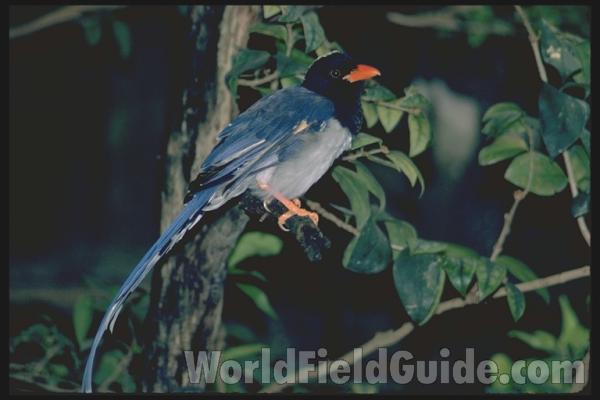| Kingdom | Animal (Animalia) |
| Phylum | Backboned Animals (Chordata) |
| Class | Bird (Aves) |
| Order | Crows, Drongos, Fantails, Monarchs (Passeriformes - Corvida) |
| Family | Crows, Birds of Paradise, Jays (Corvoidea - Part II, Typical) | | Subfamily | Crow and Jay (Bird) (Corvidae (Corvinae)) | | Genus | Urocissa |
| Scientific Name | Urocissa erythrorhyncha |
| Common Name | Magpie - Red Billed Blue |
Click here for species info ↓
 (Origin of the Specimen: Zoo Image)  pass49c pass49c GA14272 GA14272 |


